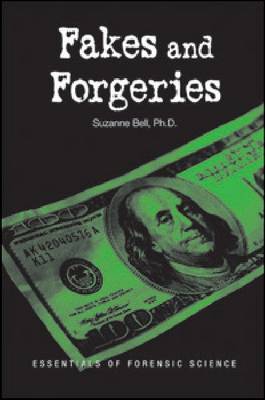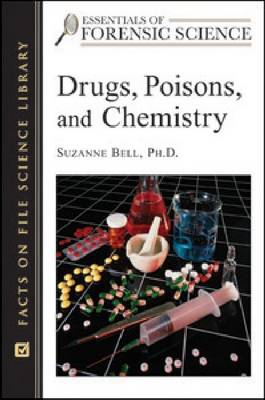Essentials of Forensic Science
2 total works
The art of analyzing counterfeit evidence in everything from lottery tickets to voting ballots. Fakes and forgeries have existed since humans began creating art and written language. Laws against forgery existed in ancient Egypt, as skilled craftsmen made glass imitations of precious gemstones. Today, science has become a key partner in the battle against forgers as the techniques of forgery advance. Stamps, money, art, and historical artifacts are only a few of the objects that are commonly forged, and scientists working in forensic labs often work hand-in-hand with artists, museums, linguists, and historians to study artifacts and documents.""Fakes and Forgeries"" looks at how the modern tools of computers, printers, and scanners can create questioned documents and counterfeits. Beginning with an overview of the start of fakes and forgeries from ancient times to the present, this book examines the art of analyzing evidence - from lottery tickets and voting ballots to stamps and envelopes.Chapters include: History and Pioneers; The Scientific Approach; Dyes and Pigments; Inks and Paints; Detecting Document Forgery; Counterfeiting Currency; Forging Art, History, and Science; and, Conclusion: The Future of Fakes, Forgeries, and Counterfeits.
Forensic chemists and toxicologists work with drugs and poisons, but they each start with different evidence. Forensic chemists working in a crime lab must determine if the physical evidence they receive is an illegal substance such as marijuana or cocaine. They are also responsible for samples - including fire debris, soil, paint, glass, explosives, and fibers - obtained from suspected arson crimes. Toxicologists, on the other hand, work with biological evidence such as blood, saliva, urine, and feces, using analytical chemistry to identify chemical traces and unmetabolized drugs. They often work in labs associated with a medical examiner's office or a hospital. ""Drugs, Poisons, and Chemistry"" touches on all aspects of forensic chemistry.

